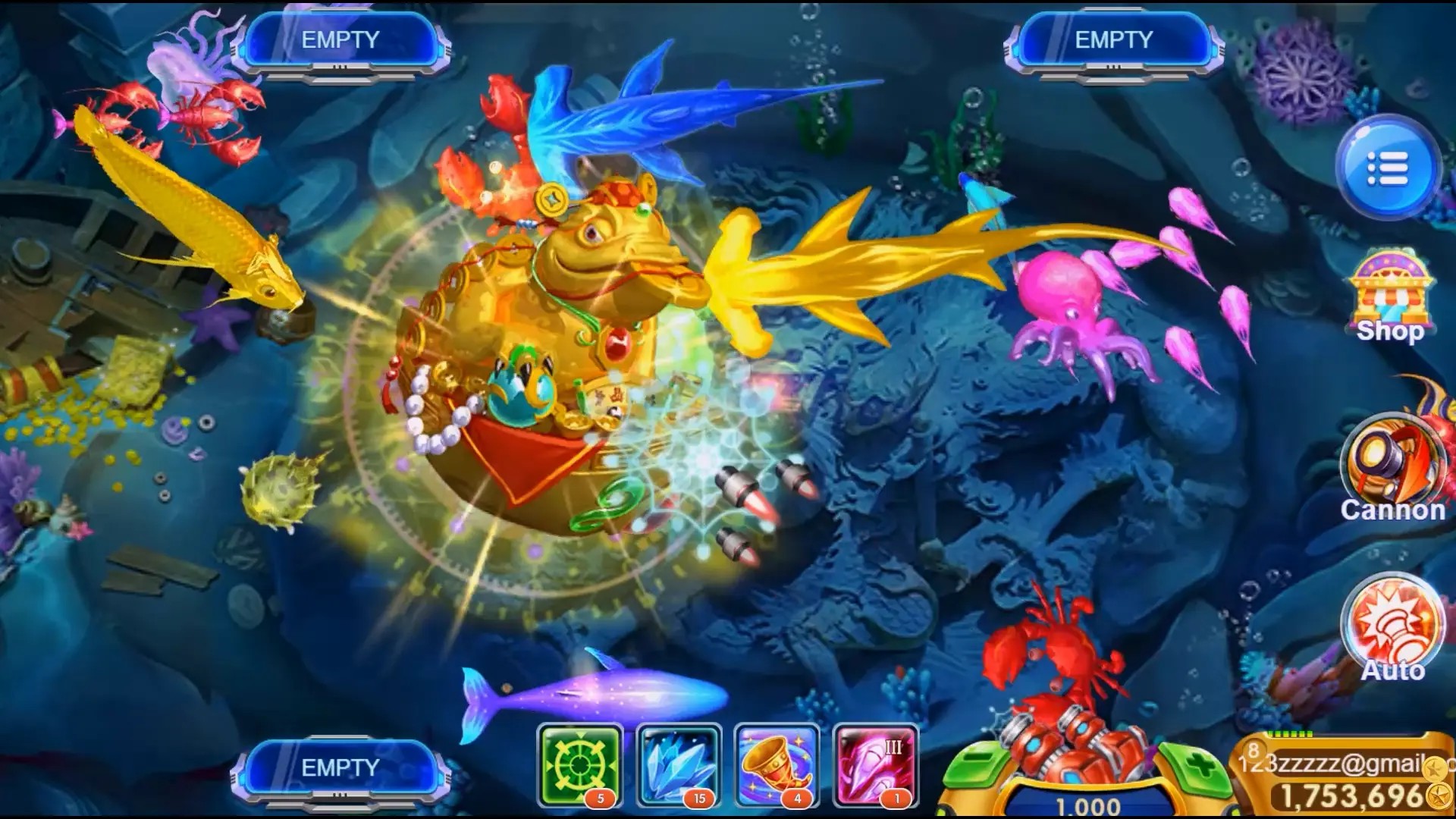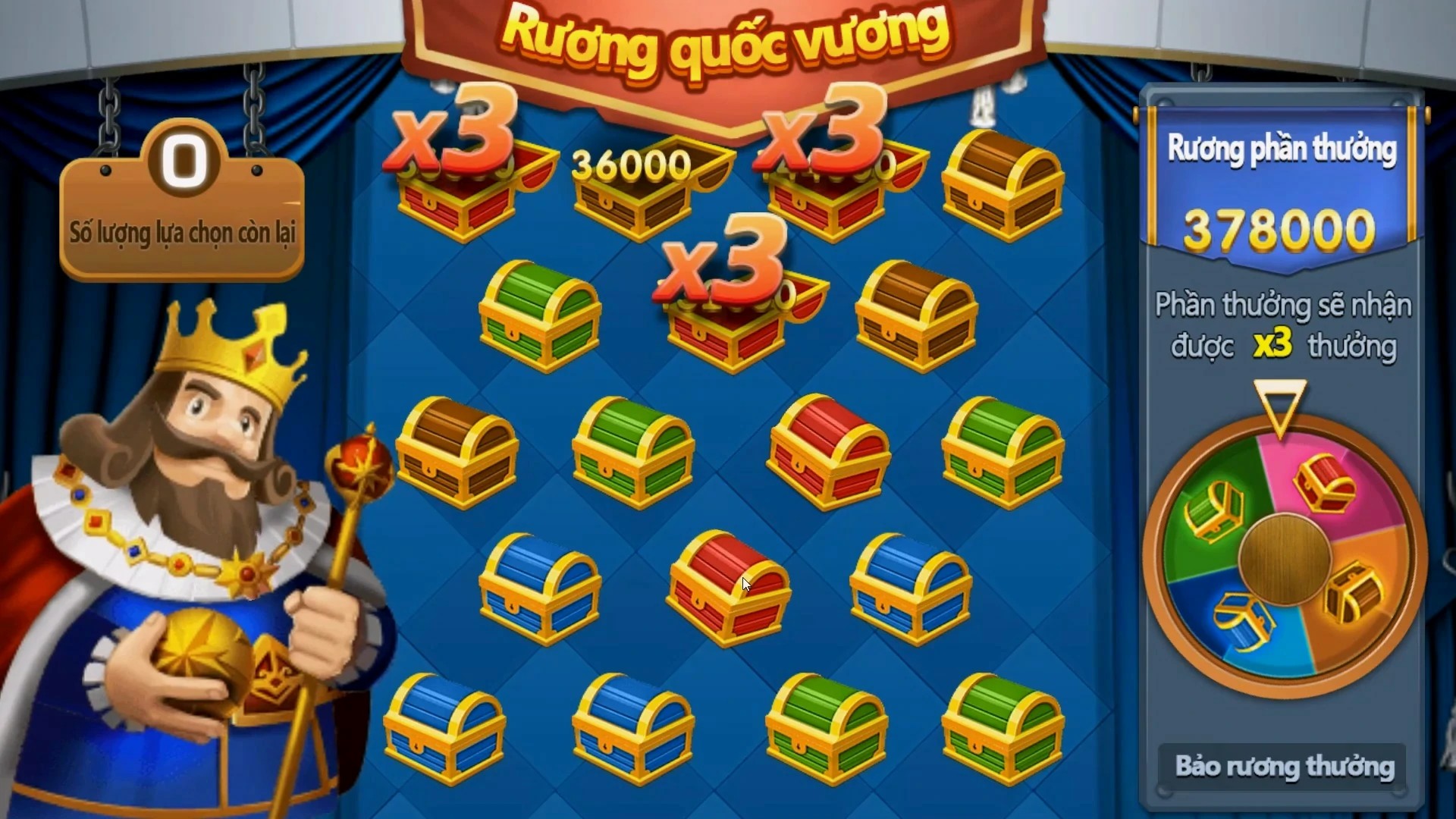Why Building Games Are Revolutionizing Creativity in the Gaming World
In the fast-evolving realm of video gaming, one genre is standing out more than others: building games. These games have not only introduced players to a new level of creativity but have also transformed how we perceive game design and player interaction. Whether you are a casual gamer or a hardcore enthusiast, the impact of building games is undeniable. This article delves into how building games are reshaping creativity and engagement in the gaming landscape.
The Essence of Building Games
At their core, building games provide players with tools to create, modify, and innovate in virtual spaces. Unlike traditional games, which often follow a fixed storyline, building games empower players to craft their narratives. Titles like Minecraft and The Sims illustrate how vast and engaging worlds can be created from simple building blocks. This freedom of creation leads to unique experiences that feel personal and rewarding.
Why Creativity Matters in Gaming
Creativity plays a pivotal role in fostering engagement and connection among players. When users can input their ideas, they are more likely to stay invested in the game. Building games encourage experimentation, making gaming more than just a pastime; it's a platform for artistic expression. Research shows that games that facilitate creativity draw players back again and again, often leading to longer playtimes and higher satisfaction rates.
Popular Building Games to Explore
- Minecraft: A sandbox game that allows players to create and explore infinite worlds.
- Roblox: A game creation platform that lets users design their games and play others’ worlds.
- The Sims: A life simulation game where players can build homes and explore life scenarios.
- Terraria: A 2D sandbox adventure that emphasizes exploration, crafting, and building.
- Fortnite Creative: A mode in the popular battle royale that lets players create their maps and modes.
The Impact of Building Games on Game Design
Building games are not just changing how players interact; they're also influencing game design itself. Developers are increasingly prioritizing user-generated content. By creating tools that allow users to build, modify, and share their creations, they are helping to foster communities around these games. This shift means developers are now more like facilitators of creativity rather than just storytellers.
A New Era of Single-Player and Multiplayer Experiences
Building games accommodate both single-player storytelling and collaborative multiplayer experiences. Players can enjoy immersive narratives in single-player mode or engage with friends in creative endeavors. This flexibility opens doors to various gaming styles, allowing individuals to play it at their own pace, boosting both creativity and enjoyment.
The Role of Community in Building Games
The community surrounding building games is crucial to their success. Players often share their creations online, inspiring others and allowing for a shared culture of creativity. Platforms like YouTube and Twitch are filled with content dedicated to building game showcases, tutorials, and playthroughs. These shared experiences elevate the communal aspect of gaming, demonstrating that creativity can unite diverse groups of players.
AI and Building Games: A Powerful Combination
AI technology is also making waves in the building game genre. Automated systems assist in generating content, adjusting game difficulty, and enhancing user experiences. This integration allows for even richer creative potential. As AI continues to evolve, we may see entirely new genres emerge that blend building, storytelling, and AI-driven narratives.
Turn-Based RPGs and Building Elements
Interestingly, even traditional genres like turn-based RPG games are incorporating building elements. Games like Dragon Quest Builders cleverly blend construction mechanics with RPG elements, offering players a hybrid experience. This convergence highlights how flexible gaming structures can lead to exciting new formats and styles.
Key Takeaways for Gamers
| Key Point | Importance |
|---|---|
| Creative freedom enhances engagement | Players become more invested in the game. |
| User-generated content fosters community | Encourages collaboration and sharing. |
| AI integration improves game dynamics | Offers tailored experiences for players. |
| Building games suit various gameplay styles | Appeals to a wider audience. |
Challenges in Building Games
Despite their popularity, building games come with challenges. User-generated content can lead to issues regarding moderation and safety. Additionally, some players may feel overwhelmed by the options for creation, leading to analysis paralysis. Developers are increasingly aware of these hurdles and are working on solutions to ensure a supportive and safe environment for all players.
The Future of Building Games
The future of building games looks bright as they continue to evolve. As technology advances and player expectations change, we can expect more immersive, intuitive, and innovative gaming experiences. With an emphasis on community, collaboration, and creativity, building games are set to become a staple in the gaming world.
Conclusion
In conclusion, building games are revolutionizing creativity in the gaming world by empowering players to express themselves and share their creations. They not only enhance engagement through creative freedom but also foster communities that celebrate innovation. As we look ahead, the potential of building games in influencing both gamers and developers remains immense. Are you ready to create your world?



